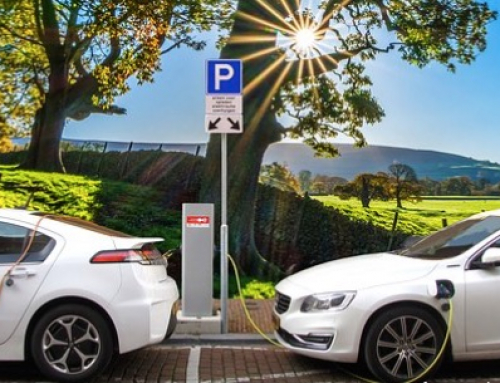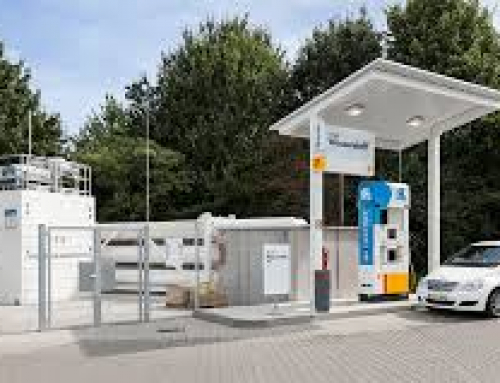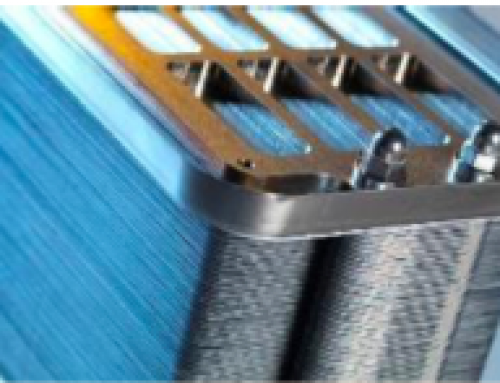By Stewart Dalby
You have got hand it to the management at Ceres Power. For almost two decades the Aim-listed group has maintained that it would use its technologies to cut household emissions as well as finding ways of reducing the use of carbon in heavy industry. Recently it has also pitched its SteelCell solid oxide fuel cell (SOFC) technology as a key part of a future stable energy market. It has been a long journey of step by step upgrading of its technologies. But it looks like Ceres is indeed now on the brink of becoming a key player in reducing emissions by embracing the use of hydrogen.
Long standing readers of Greenbarrel might remember that 15 years ago, or thereabouts, we wrote about a deal between Ceres Power and British Gas to build a combined heat and power (CHP) unit in the Ceres facility in Horsham, West Sussex. This CHP unit would be a small multi- power source which would provide a greener way to not only heat the house but also provide domestic electricity.
The project did not work for some reason (perhaps CHP’s were not fashionable back then). But technologies move on and Ceres quickly looked for other possible collaborations. The company launched a campaign for strategic deals with Original Equipment Manufacturers (OEM’s). In 2018 Ceres made an agreement with the automotive Bosch company which makes components for vehicles. This strategic deal consisted of licensing, technology transfer and engineering services for its Ceres SOFC technology.

A hydrogen refueling station
On 19 October 2020 Ceres boosted a deal that had originally been signed in July 2019 with the South Korean conglomerate Doosan which was like the one that had been agreed with Bosch. The deal with Doosan is estimated to be worth £36 million spread over three years. No such figures are at hand, at the time of writing for the Bosch agreement. However, Ceres has flagged that 2024 is a key year when Bosch (a major shareholder in Ceres) and Doosan will reach manufacturing capacity of 200 MW and 50MW respectively. Doosan is also a shareholder (18 per cent) as are Japanese Weichai (20 per cent) andalso Japanese Miura.
What does this all mean for Ceres’s accounts particularly its revenue? The company initially shares its intellectual property for which it receives a license fee and sells some fuel cells which it has built at Horsham. Then, It needs to help the clients in understanding and developing the technology they have taken on, for which Ceres provides engineering services. Finally, once the product is sold commercially Ceres, in theory, will receive royalties. So far, the company’s revenue is split three ways between engineering services, fuel cell supply and license fees. Royalties will hopefully come along later.
In July this year Ceres released a Trading Update on the interim results for the six months ended 30 June 2021. Revenue will be around £17m up 90 per cent at £8.9m on the comparable period in 2020. There was an adjusted Ebitda loss of £4.5m similar to the previous year. This was due to the heavy investment in new capacity and new technologies. This heavy investment has been the cause of the perennial loss-making at the company.
The Investors Chronicle has written that Ceres has a few years before reaches profitability, according to brokers reports. The consensus compiled by FactSet sees cash profit of £29m in 2025 on sales of £69m. Of course, a major uptick is possible if orders surge potentially through Ceres hydrogen business.
Ceres has been signalling for some time its interest in electrolysers for developing its solid oxide electrolyser (SOEC) as its newest technology. It has earmarked £100m from its £179m to expedite SOEC. The argument for developing SOEC’s has been that for large companies to enter partnerships with Ceres there has to be a superior product. The SOEC is such a product.
As fuel cells go the SteelCell is relatively low cost, efficient and robust, but its most striking advantage is that unlike other fuel cell technologies, it does not require pure hydrogen. With suitable pre-processing it can handle reasonable amounts of natural gas ( CH4), ammonia (NH4). biogas (methane and C02).
Ceres despite being loss-making in 2020 had a remarkable time on the stock exchange. In March its share price was £3 something, in June it was £6 something and in December it rose to £15 or so. The share price came off in the first six months of 2021 and standing at £11 last evening. But the company said recently: “Work is the going well on our first-of-a-kind solid oxide electrolyser (SOEC) 1MW-scale demonstrator to be operational in 2022.” So, with great interest apparently mounting the share price should likely surpass its 2020 high.





